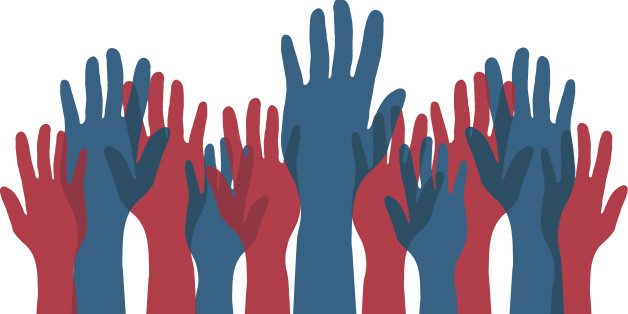By Carson Norwood
Staff Writer
By this point, most of us have heard of—and probably heard arguments about—the gender wage gap. Is it real? Can it be explained away? Is someone just making up numbers to give us something new to complain about?
Well, not according to the U.S. Bureau of Labor Statistics. In 2013, it was estimated that white women make about 78 cents for each dollar earned by a white man; based on the median salary of full-time workers. These numbers are even worse for women of color, with black women making 64 cents for each dollar earned by a white man, and Latina women earning only 54 cents of that. American Indian and Alaska Native women are paid just 59 cents for every dollar white men are paid, and for native Hawaiians and Pacific Islanders, that number is 62 cents.
Asian women may be doing slightly better, but they still trail behind white men at 90 cents to a dollar. This statistic may also fail to represent the diversity within Asian communities; for example, the American Community Survey estimates that Bhutanese women make only 38 cents for each dollar earned by a white man.
In addition to this, among all racial and ethnic groups in the U. S., women consistently earn less than their male counterparts.
But maybe these women are just choosing lower-paying jobs—you can’t blame men for that, right? Well, perhaps the issue has less to do with women’s interests and more to do with how their labor is valued.
Most Americans would agree that physicians deserve the hefty six-figure salaries they earn here. After all, they spend years in school gaining the very knowledge that keeps many of us alive—and it’s not easy! But in Russia? Doctors make less than 9,000 USD per year in a country with a GDP of about 15,000 USD.
Doctors in Russia are seen as blue-collar workers despite requiring the same amount of training as American doctors, and the work is seen more as a “caring profession” than a scientific one. So what’s the difference? In Russia, about 70 percent of doctors are women. In the U.S., this number is 32 percent.
Not convinced? There are plenty of examples within the U.S. itself. Many of the first computer programmers were women, in a time where computer science was seen as more of a hobby than a worthwhile topic of study. By 1984, only 37 percent of bachelor’s degrees in computer science were awarded to women. And now, Fewer than 12 percent of women make up this exponentially-growing and high-paying field.
The opposite has happened in the field of biology. In 1970, only 30 percent of bachelor’s degrees in this field were awarded to women—now, this number is about 60 percent. Sadly, as the number of women earning biology degrees has increased, the value of such a degree has fallen. Increasingly, biology is seen as a “soft science,” too easy, lacking the real difficulty of more analytical sciences such as physics (in which 79 percent of bachelor’s degree recipients are men).
And what about women who aren’t trying to push into these fields—who are accepting low-paying jobs, who may not even have the opportunity to earn a physics degree in the first place—or who just don’t want one? We still must ask ourselves why their skills are seen as unworthy of sufficient pay in the first place.
Jobs that are seen as mothering, familial, or feminine—childcare, cooking, cleaning—are absolutely imperative for the functioning of our society, and yet they are thankless and often provided for free or at low wages.
These jobs can be backbreaking, and women are often required to compromise their health in order to care for others. When these services are provided outside of the home (and sometimes inside by nannies and housekeepers), they are disproportionately provided by women of color, especially women who have immigrated to the U.S. In fact, it is largely because of these women that white women were first able to leave their own homes for the “professional” world several decades ago.
Women from higher-income backgrounds, often white, have a long history of exploiting women of color, women who have immigrated to the U.S., and women from low-income backgrounds in order to escape this devalued work in their own homes.
In response, these women have often been integral in leading grassroots labor movements separate from those led by middle-class white women—despite the lack of credit they have been given in our history books and modern media.
In the U.S., we often claim that hard work is the key to success. So why does 16 hours a day of scrubbing floors, providing nourishment, or literally keeping tiny humans alive leave U.S. women in poverty? Why is our intellectual work automatically seen as lesser?
If hard work is the key to success, most of the women I know should be wealthy. Unfortunately, there’s a lot more to it than that.
Want to learn more about closing this gap? Join the Simmons chapter of NARAL Pro-Choice Massachusetts for a salary negotiation training on Wednesday, April 20 from 6 p.m. to 8 p.m. in MCB C311. This training is offered by the American Association of University Women in partnership with the Mayor’s Office of Women’s Advancement. For NARAL general body meetings, stop by on Wednesday evenings at 6 p.m. in the SAC!























